Picture of Deodar; Deodar means Tree of the Gods.
குழந்தை இல்லாதோர் மற்றவர்களின் குழந்தைகளை தத்து எடுத்தலையும் சுவீகாரம் எடுப்பதையும் நாம் அறிவோம். சிவ பெருமானும், தமிழர்களும் மரங்களை தத்து எடுத்து புத்திரர்களாக வளர்த்ததைப் பலர் அறியார். வாடிய பயிரைக் கண்டபோதெல்லாம் வாடினேன் என்று கூறிய வள்ளாலார் பெருமான் நமது முன்னோர்களின் கருத்தைத்தான் மீண்டும் சொல்லி இருக்கிறார்.
2000 ஆண்டுகளுக்கு முன் வாழ்ந்த உலகப் புகழ் பெற்ற வடமொழிக் கவிஞன் காளிதாசன் ஒரு புதிய செய்தியைக் கூறுகிறார். சிவ பெருமான் ஒரு தேவதாரு மரத்தை மகனாக வளர்த்தார் என்று. இதே போல நற்றிணைக் கவிஞன் ஒருவன் ஒரு தமிழ்ப் பெண், அவளுடைய மகளாக வளர்த்த ஒரு புன்னை மரம் பற்றிய சுவையான செய்தியைக் கூறுகிறார். மேலே படியுங்கள்:
((இலக்கியத் திருடர்களுக்கு அன்பான வேண்டு கோள்: எனது கட்டுரைகளைத் தாராளமாகப் பயன்படுத்துங்கள். ஆனால் லண்டன் சுவாமிநாதன் எழுதியது என்றோ , அல்லது பிளாக் பெயரையோ தயவு செய்து போட்டு தமிழுக்குத் தொண்டு செய்யுங்கள். தமிழ் எழுத்தாளர்களுக்கு துரோகம் செய்யாதீர்கள்)).
ரகுவம்ச காவியத்தில் காளிதாசன் கூறுகிறான்:’’அதோ அந்த தேவ தரு மரத்தைப் பார். அதை சிவ பெருமான் மகன் போல வளர்த்தார். பார்வதி தேவி தனது இரண்டு ஸ்தனங்களால் முருகப் பெருமானுக்கு எப்படி பால் ஊட்டினாரோ அதே போல இந்த மரத்துக்கும் தங்கக் குடங்களால் தண்ணீர் வார்த்தார். ஒரு நாள், ஒரு காட்டு யானை அதன் தலையை இதன் பட்டையில் உரசவே அது உதிர்ந்தது. தேவிக்கு மிக வருத்தம். முருகப் பெருமானை அசுரர்கள தாக்கி காயப் படுத்தியது போல அவர் வருத்தப் பட்டார்’’.–(ரகு.2–36/39)
இதே கருத்தை மேக தூதத்திலும் (பாட்டு 74) கூறுவார்: ‘’ஏ மேகமே! அங்கே ஒரு மந்தார மரத்தைப் பார்ப்பாய். என் மகன் போல வளர்த்த மரம். இப்போது அதுப் பூத்துக் குலுங்கிக் கொண்டிருக்கும். என் காதலி அதனை எளிதாகப் பறிக்கும் அளவுக்கு அது வளைந்து தொங்கும். (இந்தக் கருத்து நற்றிணைப் பாடல் 170-இல் எதிரொலிப்பதைக் கீழே கொடுத்திருக்கிறேன்).
காளிதாசனின் உலகப் புகழ்பெற்ற நாடகம் சாகுந்தலத்தில் முழுக்க முழுக்க தாவர, பிராணிகள் அன்புச் செய்திகளைக் கண்கிறோம். மல்லிகைக் கொடிகளை சகுந்தலை, தனது சகோதரி என்று அழைக்கிறார். ஒரு மல்லிகைக் கொடிக்கு ‘வனஜோத்ஸ்னி’ என்று பெயரும் சூட்டுகிறார். மான்களையும் சகோதரி என்றே அழைக்கிறார். சாகுந்தலம் நாலாவது காட்சி முழுதும் இந்த வசனங்கள் வருகின்றன. ஓரிடத்தில் தோழி சொல்கிறார்: ‘’அதோ பார். மாதவி பூப் பந்தல். உனது தந்தை கண்வ மகரிஷி உன்னை வளர்த்தது போல அன்பாக ஊற்றி வளர்த்தாரே, நினைவு இருக்கிறதா?’’
குமார சம்பவம் (2-55) என்னும் காவியத்தில் விஷ மரத்தையும் கூட யாரும் அடியோடு வெட்ட மாட்டானே எனற வசனமும், சாகுந்தலத்தில் (4-1) மல்லிகைக் கொடியில் எந்த மகா பாவியாவது வெந்நீரை ஊற்றுவானா? என்ற வசனமும் வருகிறது. இவை அத்தனையும் தமிழிலும் இருக்கின்றன.
Picture of Punnai Tree
தமிழ் மரம் ஒரு தங்கை
நற்றிணையில் (172) ஒரு அற்புதமான பாடல். எழுதியவர் பெயர் பாடற்குறிப்பில் இல்லை:
‘’யாம் தோழிமாரோடு விளையாடும்போது வெண்மையான மணலில் புதைத்து மறந்து கைவிட்ட புன்னை மர விதை முளைத்து வெளிவந்தது. அதற்குத் தேன் கலந்த இனிய பாலை ஊற்றி வளர்த்தோம். அது வளர்ந்து மரமாகியது. அப்போது அன்னை, ‘’நும்மிலும் சிறந்தது புன்னை; அது நும் தங்கையாகும்’’ என்று புன்னையது சிறப்பைக் கூறினாள். ஆகையால் புன்னையின் கீழ் உள்ள நிழலில் நும்மொடு அளவளாவலை யாம் நாணுகிறோம்’’.
சகுந்தலை சொன்னதை அப்படியே இந்தப் பாடலில் காண்கிறோம். நான் ஏற்கனவே எழுதிய ஏழு கட்டுரைகளில் காளிதாசன், சங்க இலக்கிய காலத்துக்கு முன் , கி.மு. முதல் நூற்றாண்டில் வாழ்ந்தவன் என்று சொன்னதற்கு இது மேலும் ஒரு சான்று.
நற்றிணை 230 ஆம் பாடலில், நான் வாடிய பயிருக்கு தண்ணீர் ஊற்றியது போல மகிழ்கிறேன் என்று பாடுகிறான் ஒரு கவி. இன்னொரு பாடலில் மருந்து மரத்தைக் கூட யாரும் முழுதும் வெட்ட மாட்டார்களே என்று வசனம் பேசுகிறான் ஒரு தமிழ்ப் புலவன் (நற்றிணை 226-கணி பூங்குன்றனார்).
தாவரங்கள், பிராணிகள் பால் அன்பு மழை பொழிந்த கடை எழு வள்ளல்கள் பாரியும் பேகனும் உலகிற்கே உதாரணமாகத் திகழ்கிறார்கள். முல்லைக்குத் தேர் ஈந்தான் பாரி. கொழு கொம்பு இல்லாமல் காற்றில் பட படத்தவுடன் அவன் மனமும் படபடுத்தது, பரிதவித்தது. பேகன், மழை மேகம் கண்டு ஆடிய மயிலைக் குளிரில் நடுங்குகிறது என்று எண்ணி தனது விலை மிகு சால்வையைப் போர்த்தினான் அன்றோ. இவர்கள் எல்லாம் சகுந்தலையின் சகோதரர்கள் என்றால் மிகையாகா.
ராமன், சீதை, கண்ணகி, சகுந்தலை பிரிவைப் பொறுக்க முடியாமல் பிராணிகளும் தாவரங்களும் என்ன என்ன செய்தன என்பது பற்றீ நூற்றூக் கணக்கான உதாரணங்கள் உள. எழுத இடம் போதா.
ரிஷி முனிவர்களைச் சந்திக்க காட்டிற்குள் நுழைந்த அரசர்கள் தொலை தூரத்தில் சேனை சைன்யங்களை நிறுத்திவிட்டு வருவார்கள். இதற்குக் காரணம் கூறும் காளிதாசன், செடி கொடி மரங்களை சேதமுறாமல் தடுக்கவே என்பான் (ரகு 11-52). புறச் சூழல் பாதுகாப்பிலும் மரங்கள் பாதுகாப்பிலும் எத்தனை கவனம்!! இன்று பத்திரிகைகளில் பெரிதாக வரும் விஷயங்களை 2000 ஆண்டுகளுக்கு முன் போகிற போக்கில் கவிதையில் தந்த வடமொழி, தென் மொழிக் கவிஞர்கள், ஒரே நாடு ஒரே சிந்தனை என்ற கொள்கைக்கு வலுச் சேர்ப்பர்.
இந்து மதத்தில் மர வழிபாடு முக்கிய இடம் பெறுகிறது விஷ்ணு சஹஸ்ரநாமத்தில் ஒரே (பைகஸ்) குடும்பத்தைச் சேர்ந்த ஆல மரம், அரச மரம், அத்தி மரம் ஆகிய மூன்றும் விஷ்ணுவின் அம்சமாகக் கருதப்படுகிறது. சிந்து சமவெளி முதல் பிராமணர்களின் அன்றாட யாகம் சமிதாதானம் ஆகியன முதல் முக்கியத்துவம் பெறும் அரச மரத்தில் பிரம்மா விஷ்ணு சிவன் ஆகிய மூவரும் இருப்பதாக வட மொழி ஸ்லோகம் கூறுகிறது.
Picture of Himalayan Deodars; painting from Kew Gardens, London
மரங்கள் வாழ்க! ’’காடு வளர்ப்போம், நல்ல கலை வளர்ப்போம்’’:-பாரதி
Please read my earlier posts on Kalidasa:
1.Gem stones in Kalidasa and Tamil Sangam Literature
2.Holy River Ganges in Kalidasa and Sangam Tamil Literature
3.Gajalakshmi in Kalidasa and Sangam Tamil Literature
4.Sea in Kalidasa and Sangam Tamil Literature
5. Bird Migration in Kalidasa and Tamil literature
6.Hindu Vahanas in Kalidasa and tamil literature
7.Amazing Statistics on Kalidasa
8.Kalidasa’s age: Tamil works confirm 1st Century BC
9.சங்கத்தமிழ் இலக்கியத்தில் காளிதாசன் உவமைகள்
10. காளிதாசனின் னூதன் உத்திகள்: தமிழிலும் உண்டு
Contact swami_48@yahoo.com; pictures are used from other websites;thanks.






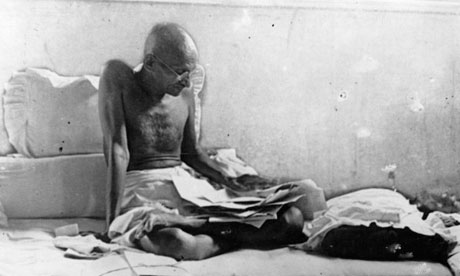


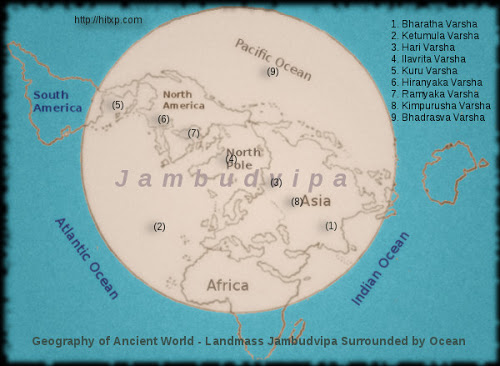
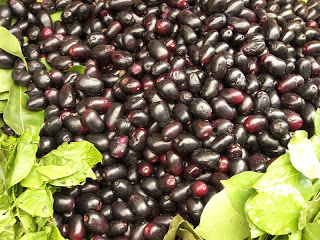
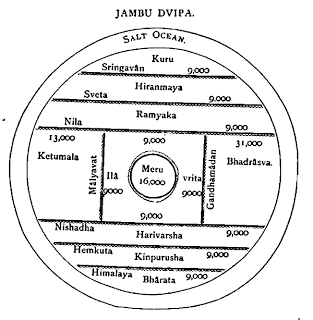
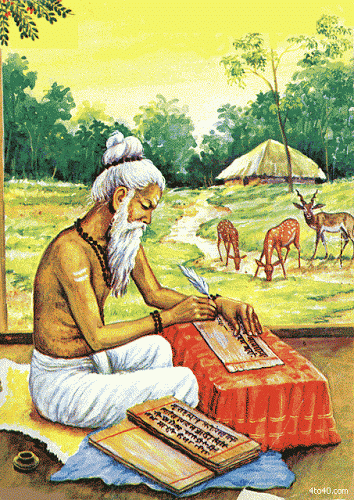
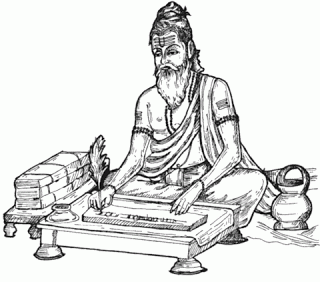
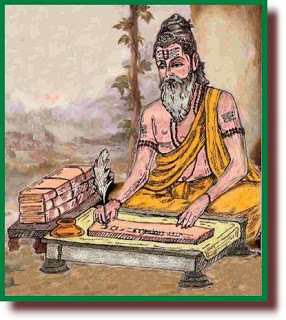




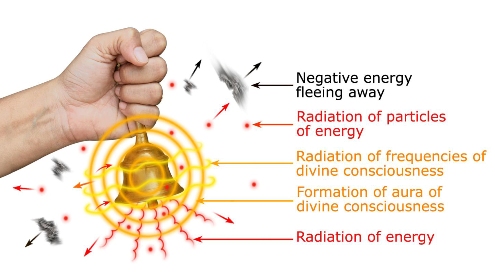




You must be logged in to post a comment.